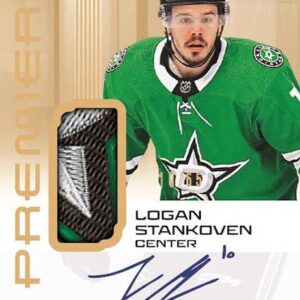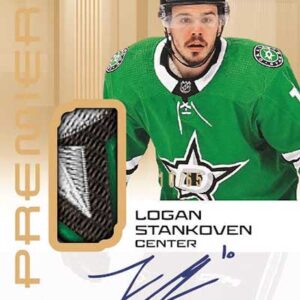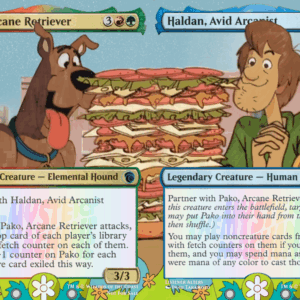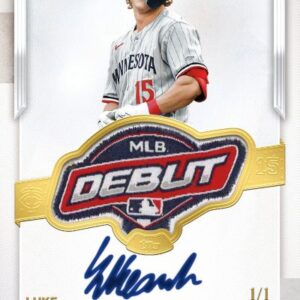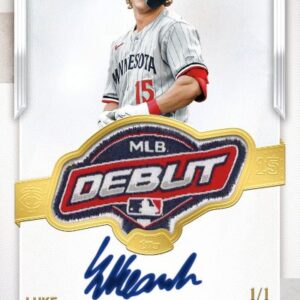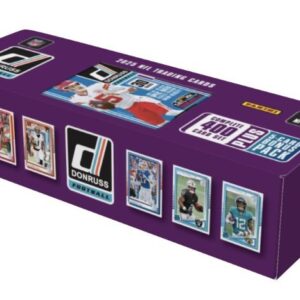The allure of Magic: The Gathering cards has captured the imagination of players and collectors since their inception, but nothing shatters this enchantment like discovering a counterfeit among your prized possessions. Counterfeit Magic cards have reached a level of sophistication that can deceive even the most experienced eyes. However, by employing a keen multidisciplinary approach, collectors can transform themselves into the Sherlock Holmes of card sleuthing, safeguarding their treasure troves against fraudulent imitations.
Embarking on the quest to unveil forgeries starts with the most basic of detective tools—your senses. Genuine Magic cards have a distinct texture that speaks volumes. Authentic cards possess a familiar matte feel that is immediately recognizable to veterans of the cardboard realms. In contrast, counterfeit cards often mimic the slick, glossy sensation of unpalatable restaurant menus rather than the cherished mats of booster packs. When in doubt, a savvy collector should pit the suspect card against a land card from the same set—that’s where you’ll know if you’ve been dealt a foul play.
Onward, armed with nothing more than a trusty flashlight, you can inspect further. Magic cards, with their mystique, contain a signature blue core that stands as a bulwark against forgery. By holding the card up to the light, collectors can observe a cool, soft hue permeating through—the hallmark of authenticity. Counterfeit cards, however, struggle to replicate this magic. They’re often too thick, casting an impenetrable shadow, or too thin, becoming obnoxiously bright or washed out like a poor photocopy.
Enter the realm of magnification with the 30x jeweler’s loupe, a compact yet mighty ally in the fight against counterfeiters. Under this lens, the truth of Magic cards unfolds in intricate detail. Start with the rosette pattern: the art and text box of real cards reveal a series of precisely arranged, round dots forming floral-like shapes. Counterfeit cards, in contrast, trip over their own deception, presenting blurry dots, messy pixelation, or inconsistent grids that dissolve under scrutiny.
Further investigation warrants the Solid Black Test. The bold, solid black ink of genuine Magic cards—employed in the text, names, and mana symbols—is unmistakably crisp and defined. Fakes typically employ a composite black, pieced together from colored dots, which appears fuzzy and more like a novice’s brushwork under the scope.
One of the indispensable clues to verifying a Magic card lies in the infamous Green Dot “L.” Hidden within the card’s green mana symbol is a red dot pattern ingeniously forming an upside-down “L.” Should this tiny symbol be absent, misaligned, or an indistinct blur, you’ve likely uncovered a cleverly conceived counterfeit.
But as the chicanery advances, so too does Magic’s defenses. Since 2015, aficionados have placed their trust in the telltale signs of a hologram stamp. This oval emblem resides prominently on rares and mythics, flush with the card surface and illustrating microtext detailing planeswalker symbols and mana icons in intricate detail. The holofoil stamp when real possesses a sheen that reveals sophistication and subtlety—qualities largely lost on replicas, which often appear grainy, are inappropriately raised, or verge on the audacity of clumsy transfer jobs from one card to another.
Now for what not to do: while older void-detection strategies, such as tearing or bending a card, might reveal a fabled blue core in honest novelties, they’re more likely to result in weeping over a genuinely obliterated collector’s item rather than unmasking a modern counterfeit. Crafty counterfeiters have adapted and will outwit these archaic methods. Thus, confine yourself to non-destructive tactics—lest you inadvertently deliver a fatal critique upon legitimate joy.
In the grand venture of discerning card authenticity, it becomes evident there is no solitary method to rule them all. Identifying a counterfeit requires a convergence of evidence and an arsenal of diverse techniques. Start with the tactile essence, let the light reveal its truths, and wield that jeweler’s loupe with finesse. Over time, your skills in detection will flourish, ensuring your collection remains untainted, much like a sanctified reliquary.
Armed with these insights, you become not only a protector of your own collection but a steward of integrity within the Magic community at large, preserving the sanctity and trust of the game for everyone who cherishes it.
